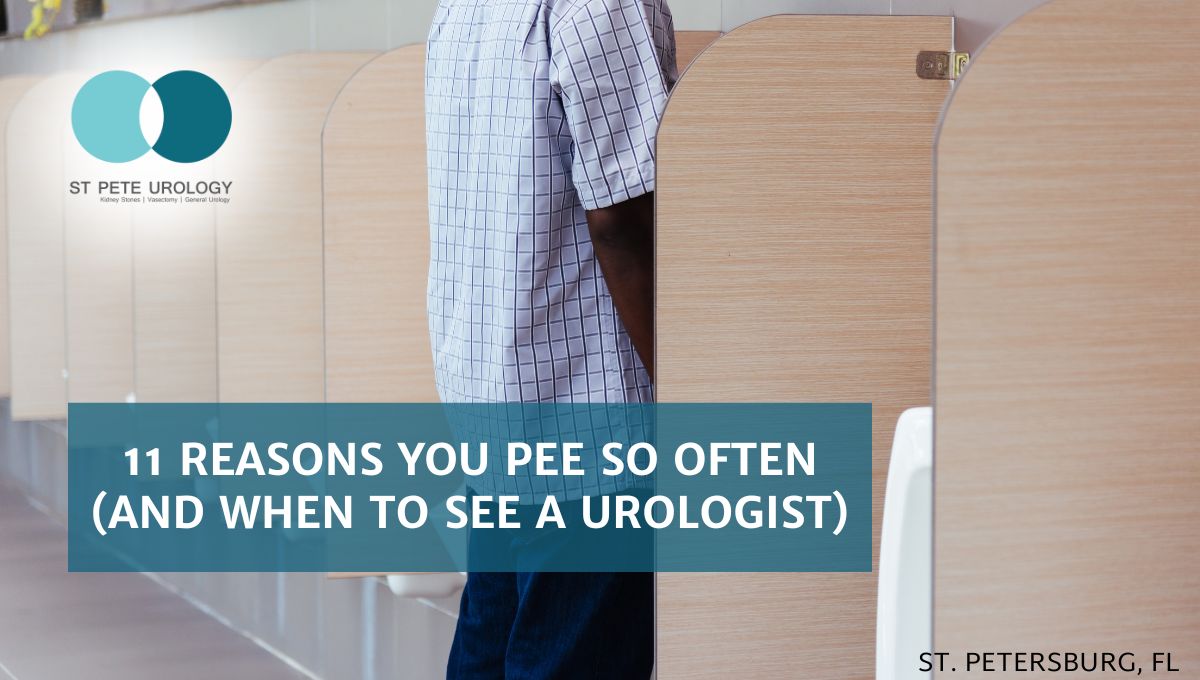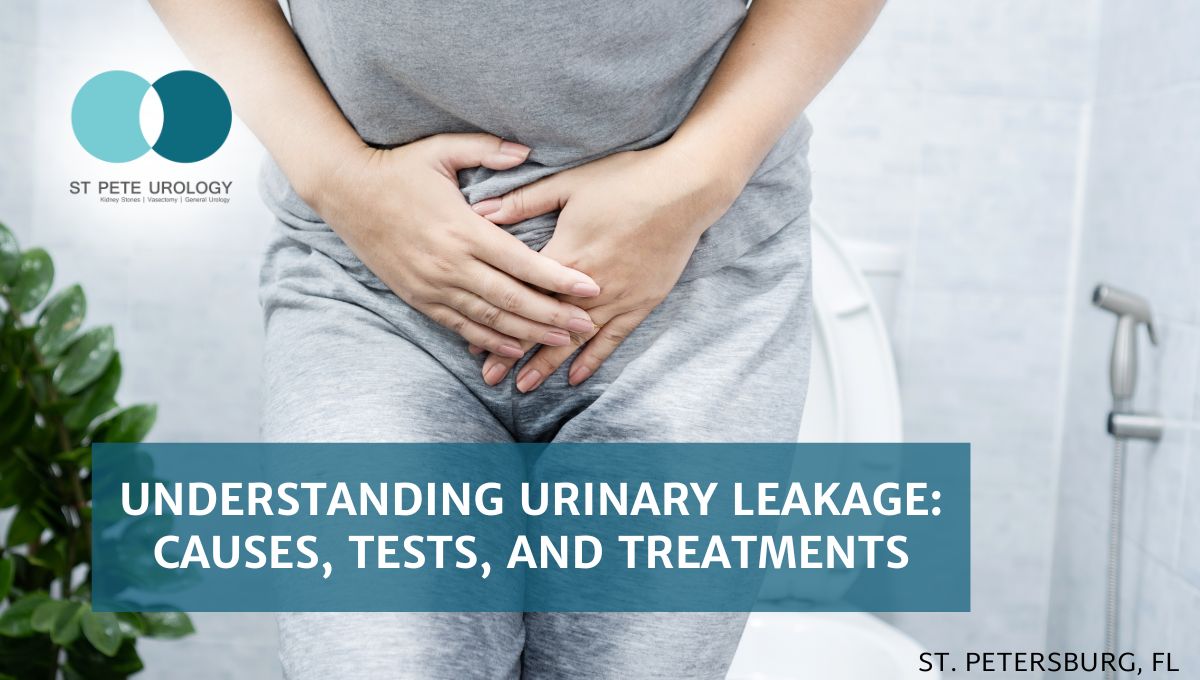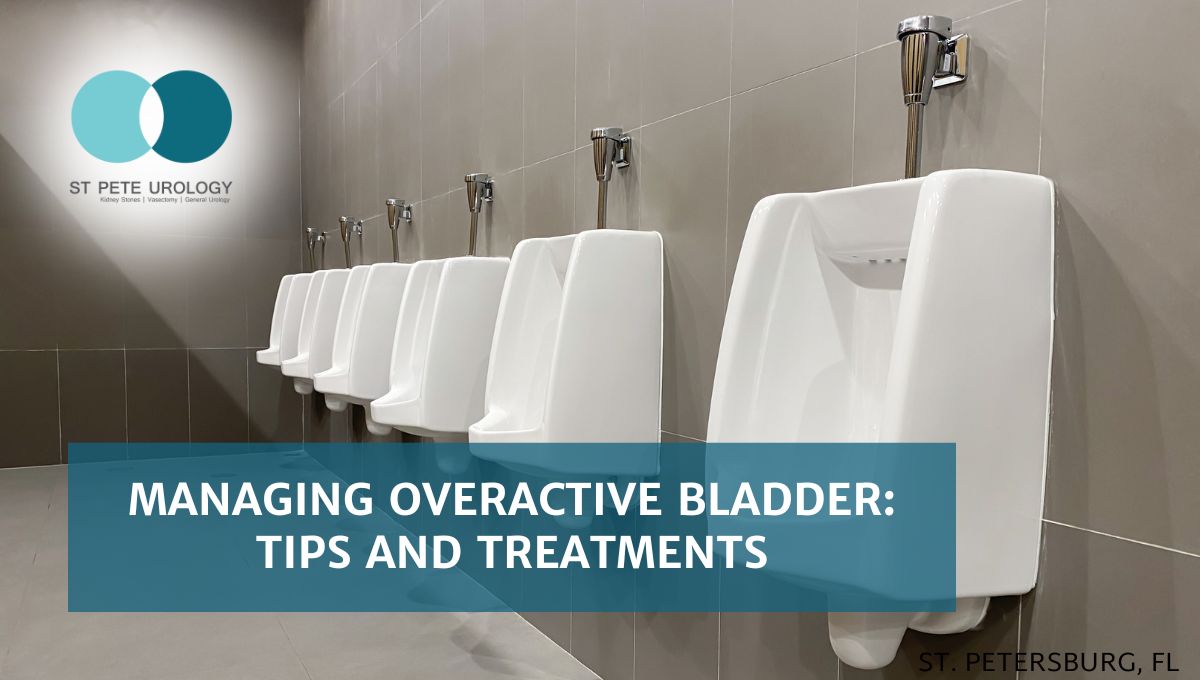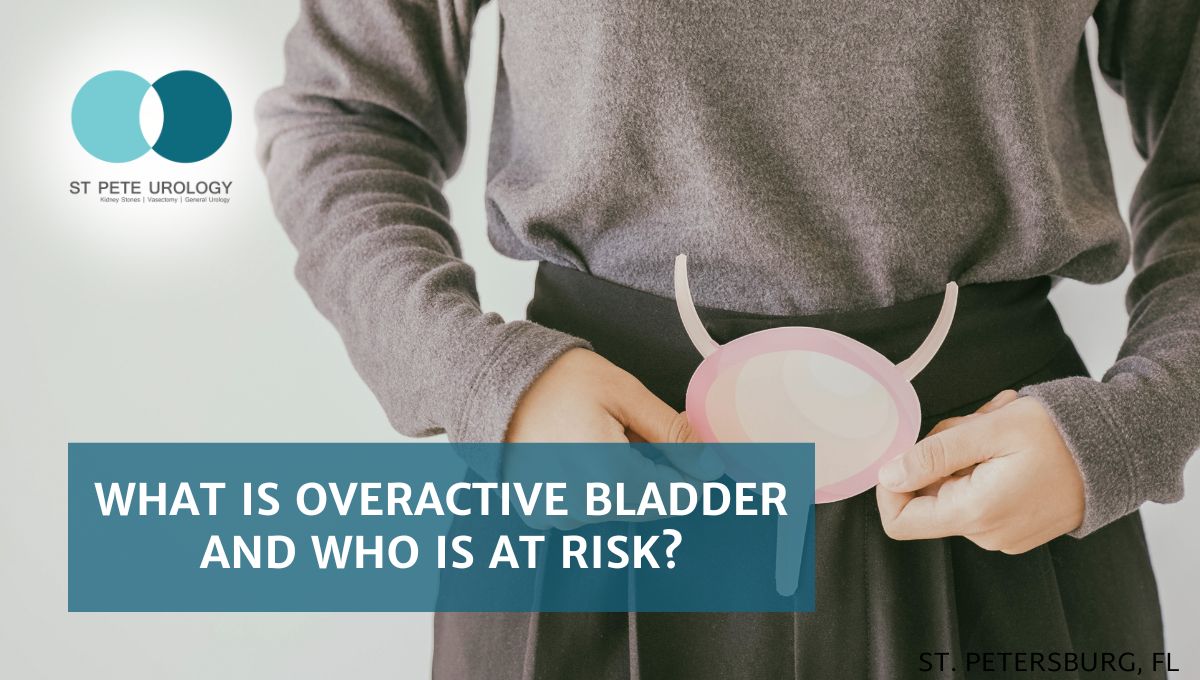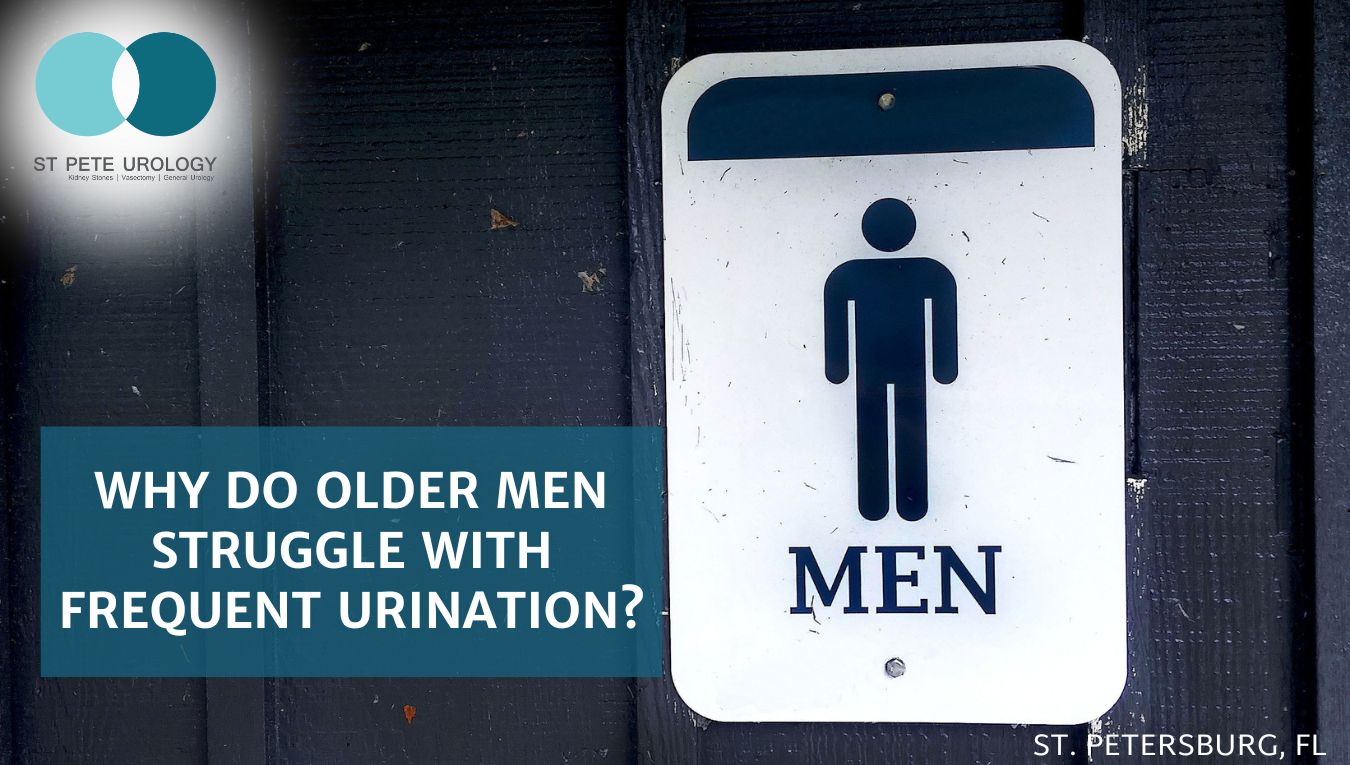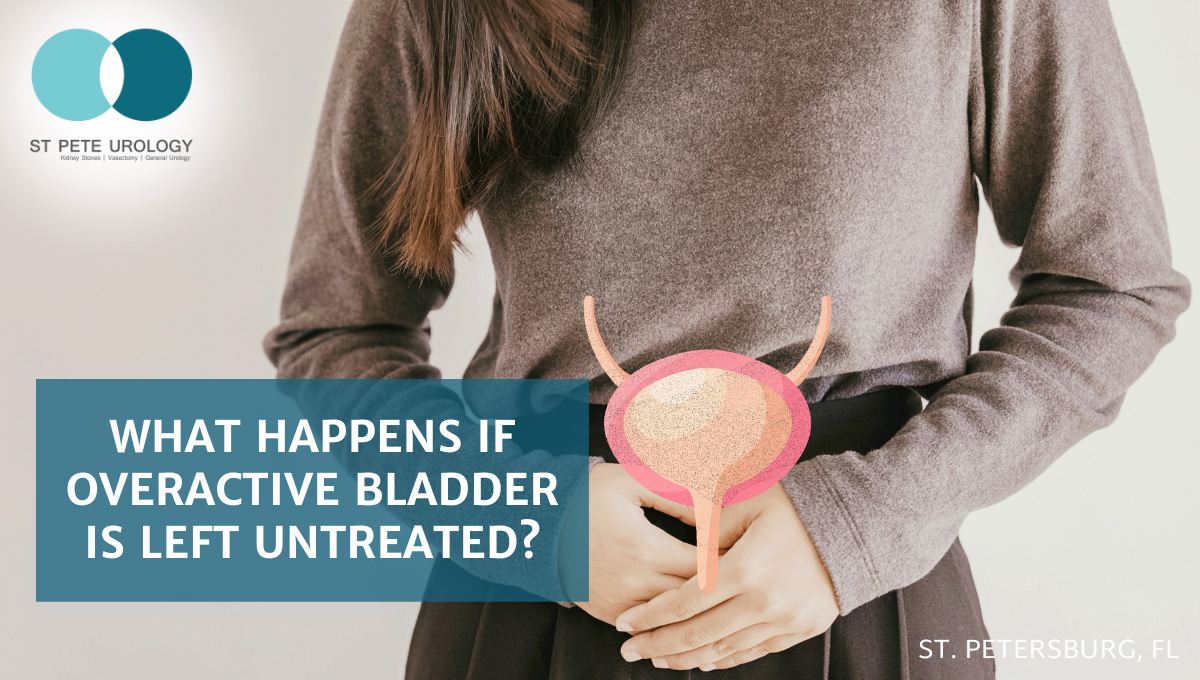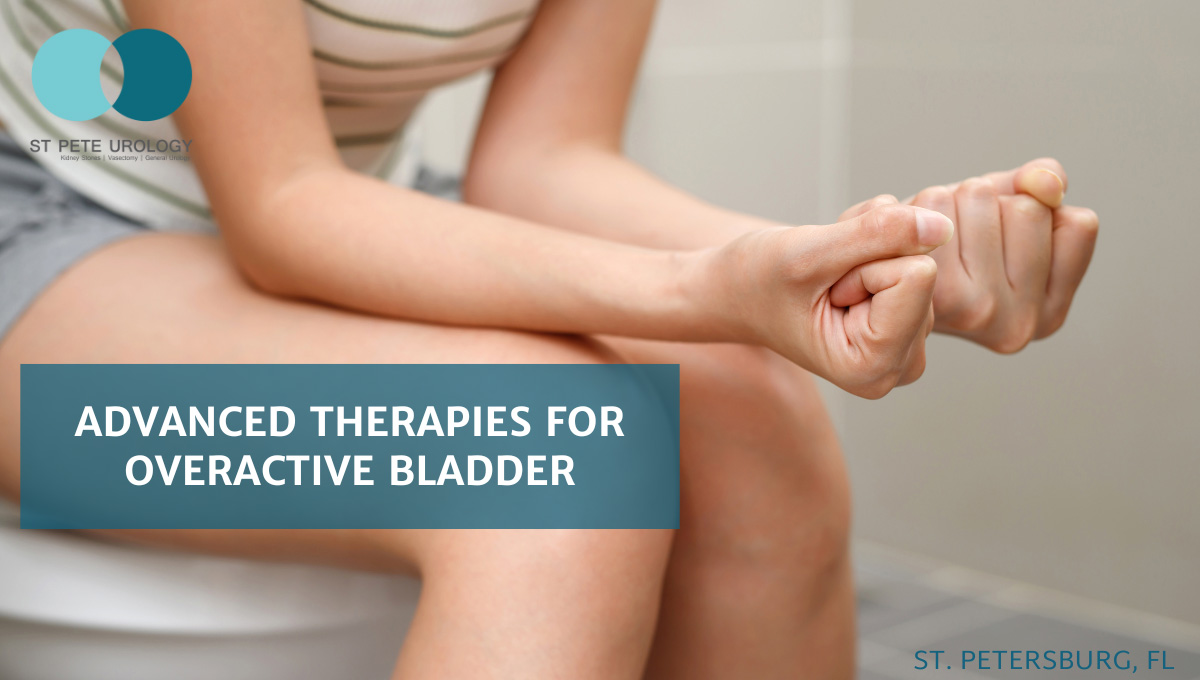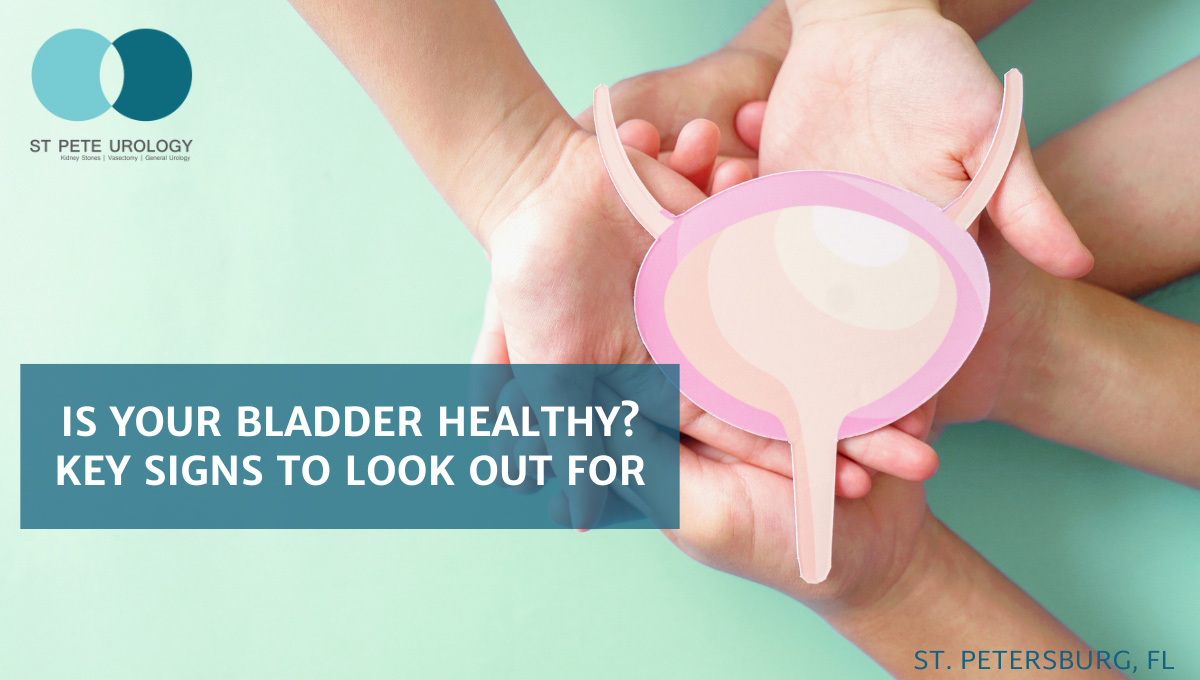Discover 11 reasons why you pee so often, from UTIs to diabetes. Learn when frequent urination signals a serious condition and when to see a urologist.
Continue readingWhat Are the Essential Lifestyle Changes for Overactive Bladder?
Lifestyle changes for overactive bladder include diet modifications, bladder training, and exercise. Learn 7 proven strategies from St. Pete Urology.
Continue readingUnderstanding Urinary Leakage: Causes, Tests, and Treatments
Bladder leakage affects millions. Learn about causes from stress incontinence to overactive bladder, diagnostic tests, and proven treatments from St. Pete Urology.
Continue readingManaging Overactive Bladder: Tips and Treatments
Discover effective overactive bladder treatment options. Learn practical tips and strategies to manage symptoms and regain control of your daily life.
Continue readingWhat Is Overactive Bladder and Who Is at Risk?
Learn what is overactive bladder, its symptoms, who’s at risk, and when to seek care in St. Petersburg. Regain control—contact our urology experts.
Continue readingWhy Do Older Men Struggle with Frequent Urination?
Discover why frequent urination in older men occurs, its impact on daily life, and effective treatment options to improve quality of life.
Continue readingWhat Happens If Overactive Bladder Is Left Untreated?
Left untreated, overactive bladder can wreak havoc on daily life. Interrupted sleep, stress and anxiety are some of the effects of OAB.
Continue readingAdvanced Therapies for Overactive Bladder
Advanced therapies for overactive bladder include the Medtronic InterStim System, Botox injections and more. Learn more here at St Pete Urology.
Continue readingDifferent Treatment Options for Overactive Bladder
Understanding the different treatment options for overactive bladder will lead to a more accurate and personalized treatment plan.
Continue readingIs Your Bladder Healthy? Key Signs to Look Out For
Recognizing the key signs of a healthy bladder is important to monitor its condition and seek medical advice when necessary.
Continue reading
